It was just the dog and me. We were alone at night. I heard a noise downstairs, he heard it too. We looked at each other quietly. If a dog could talk we probably would have said What was that? in unison.
“Go downstairs and check it out,” I whispered to Bo. I called him Bo which is short for Behemoth because his tail was like a cedar tree. He was a black lab, adorable, smart and my best friend that night.
Bo ducked his head down and looked at me from the corner of his eyes. If he were a turtle he would have pulled his head inside his body.
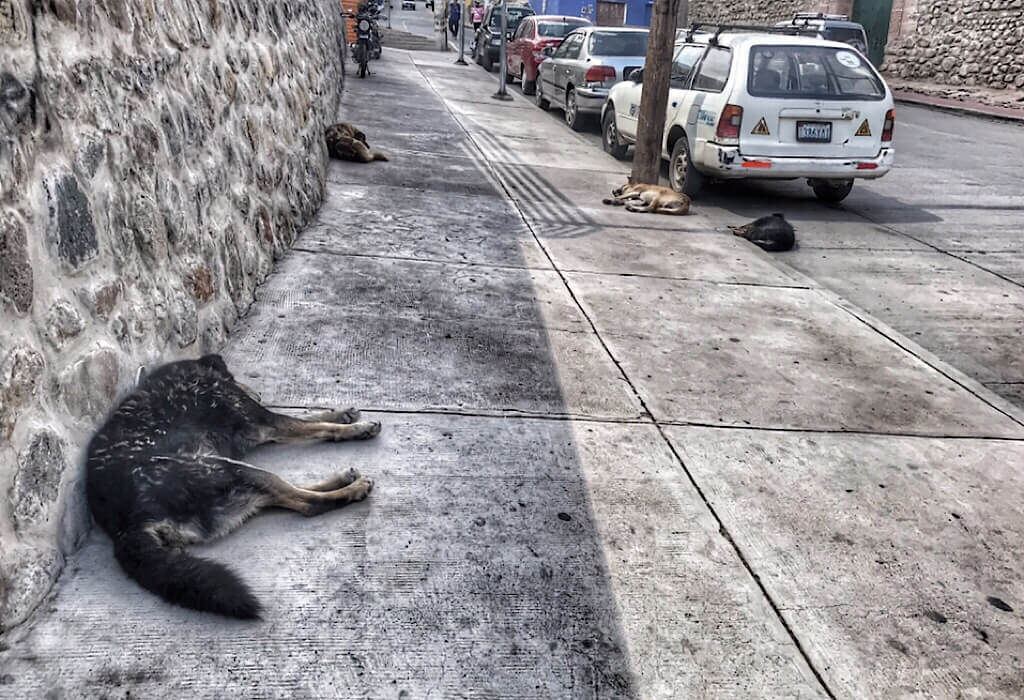
Go check out that noise!
“Go see what’s downstairs,” I said again in a harsh whisper, pointing over the the stars. He glanced at the stairs, and then at me with his puppy eyes, back and forth a few times but he remained planted right next to me.
Finally, as if he had mustered enough courage in the few minutes that he ruminated, he slowly stood and crept over to the stairs. One step at a time he silently, very slowly reached the first floor. I heard him dash around making one circle downstairs then he bounded back up the stairs. He rushed over and sat beside me panting happily and probably relieved, my brave dog.

Bo was a special dog. I swear he could understand English. He knew how to get a roll of toilet paper from the cupboard upstairs when I ran out of it downstairs. He would search for my shoes for me in the morning. And like most dogs he loved unconditionally.
Bo was my last dog. It has been many years since he passed. I’ve not owned any dog since and I miss having one. So I found the life of dogs in South America where we traveled the last couple years to be fascinating.

Here in the USA most dogs have a home and, except in designated places, are on a leash when they are out in public. It was one of the stark differences that I experienced upon reentry into the USA, no dogs running around downtown.

Free to roam
In Central and South America many dogs are free to roam around during the day. There are often strays but it’s hard to tell the difference in some countries between the strays and the dogs that actually have homes. Their owners let them out in the morning to spend the day with their friends in the street. At dinner they make their way home and sit by their own front door to be let in for dinner.
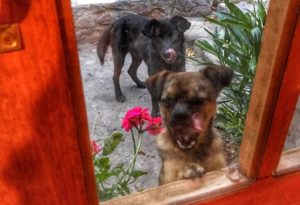
It was not uncommon to see a pack of dogs roaming around the streets. They often have a pack leader, but they also know the rules of the human world. I’ve watched amazed as a dog pranced by down the sidewalk to the corner. There he looked both ways before using the crosswalk to get to the other side. They move in and out of the crowds much like we do.
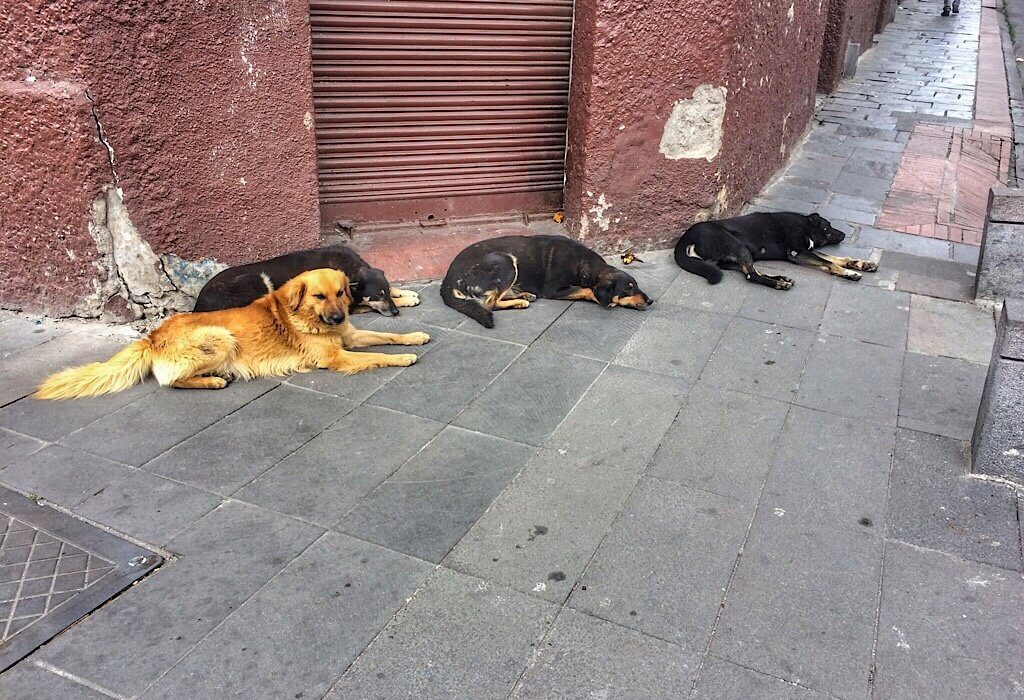
They have their own pack
A big difference is the desire for attention. Most dogs in South America don’t get all excited about getting attention from humans. Well, some of them do, like the one dog in San Juan del Sur that seemed to know that humans were just here to admire and pet him. Most Central/South American dogs don’t jump up on us and don’t expect to be petted. I don’t know if it is because they have their pack or they are simply not used to getting the same kind of attention that we give them here in the USA.
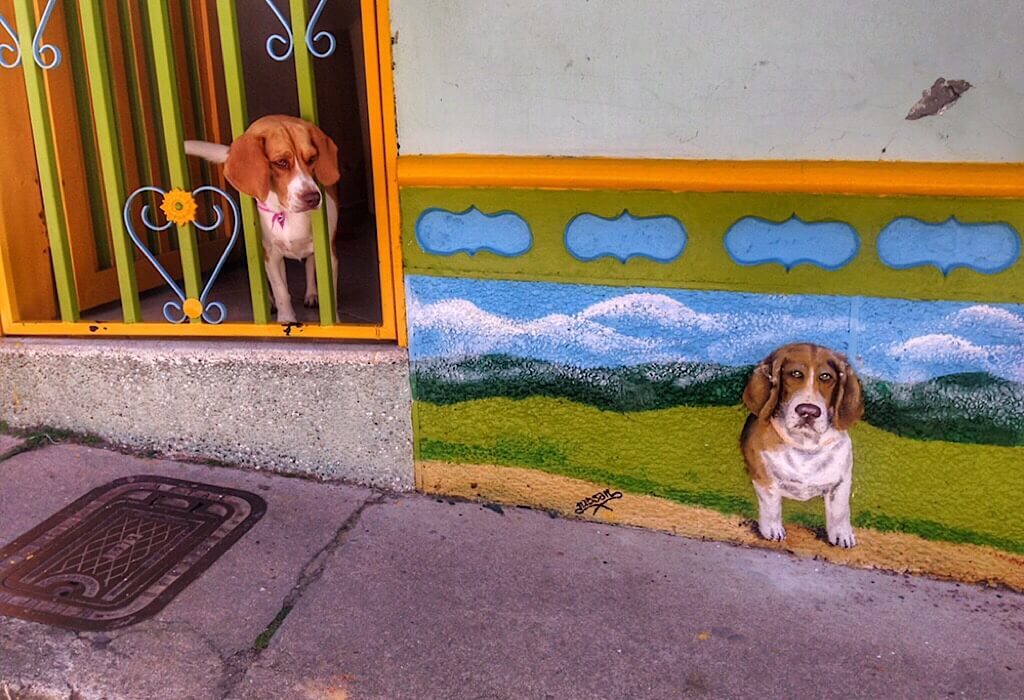
The dogs in each country seemed to have their own sub-culture. I imagine much of it determined by the human culture and they way they were allowed to fit into each society.
Peruvian Hairless dog
The first time I saw a Peruvian Hairless dog, I thought I was looking at a sick dog that was afflicted with some kind of skin disease. I saw a black, leathery creature dash in front of me chased by a local street dog. There was a swath of spiky, reddish hair on its head while the rest of his body had no hair. His skin looked like black leather glistening in the sun, his hide was spotted with a few pink markings. He was a Peruvian hairless dog. Upon first sight, he looked like a creature from a horror flick. As we watched the two dogs play he grew on us. He was sweet and when he looked up at me my heart melted for him.
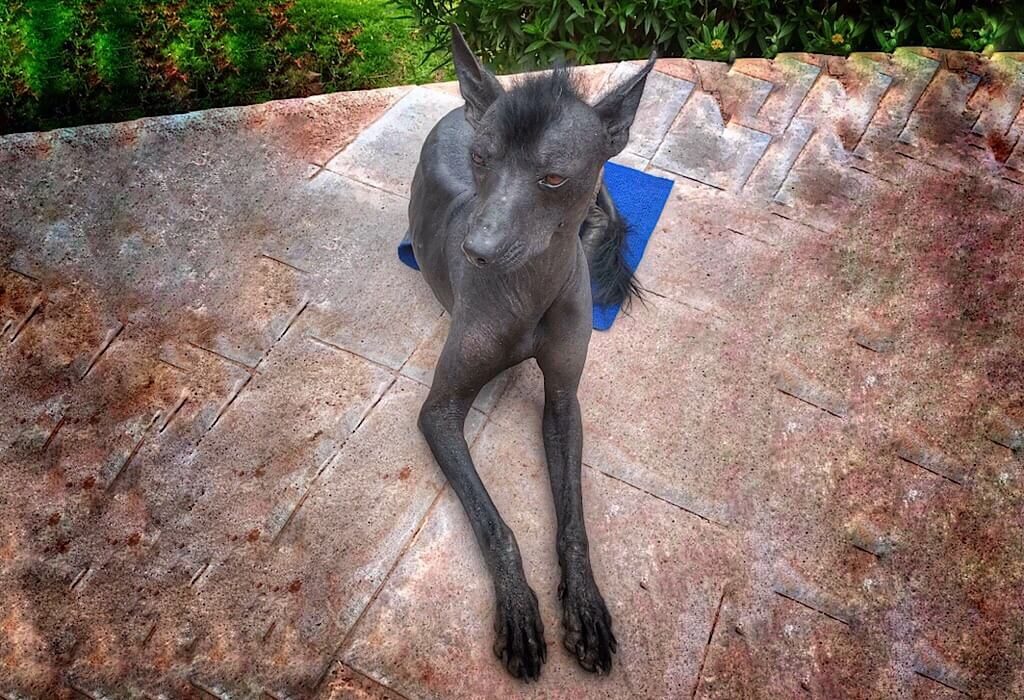
Skinny and Skittish
Dogs in Nicaragua were malnourished and skittish as if they had been kicked around. When I offered some leftover chicken to a malnourished dog in the park, he looked up at me as if he could not believe that a human was giving him food. The dogs there broke my heart.
I don’t want to paint each country with a broad stroke because even in Nicaragua we found some happy healthy dogs living in the homes of local friends that we still keep in contact with.

Fat, Free, and Happy
In many other countries that we visited in Latin America the dogs looked well fed and taken care of. It was not uncommon to walk down the street in the evening as the butcher shops are closing up to see street dogs sitting there hoping for the scraps, and they were rarely disappointed.
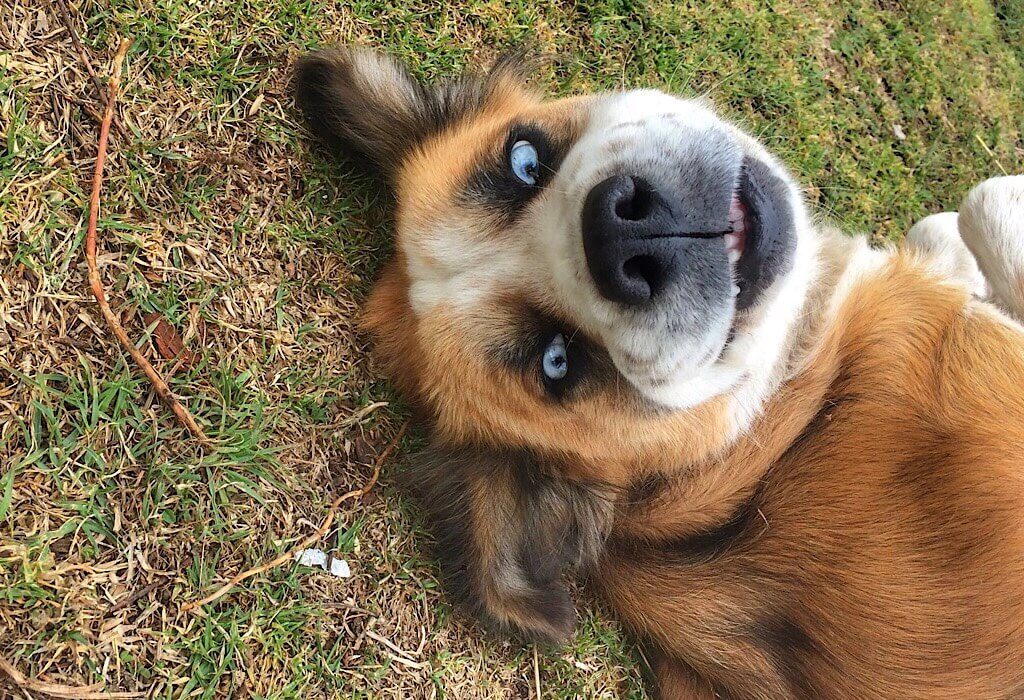
Many people took care of the animals around them. I have come to think that in a community, the happier the dogs the happier the people… or maybe that is just colored glasses that I wear, as I believe that the way we treat the helpless impacts the health of our society.
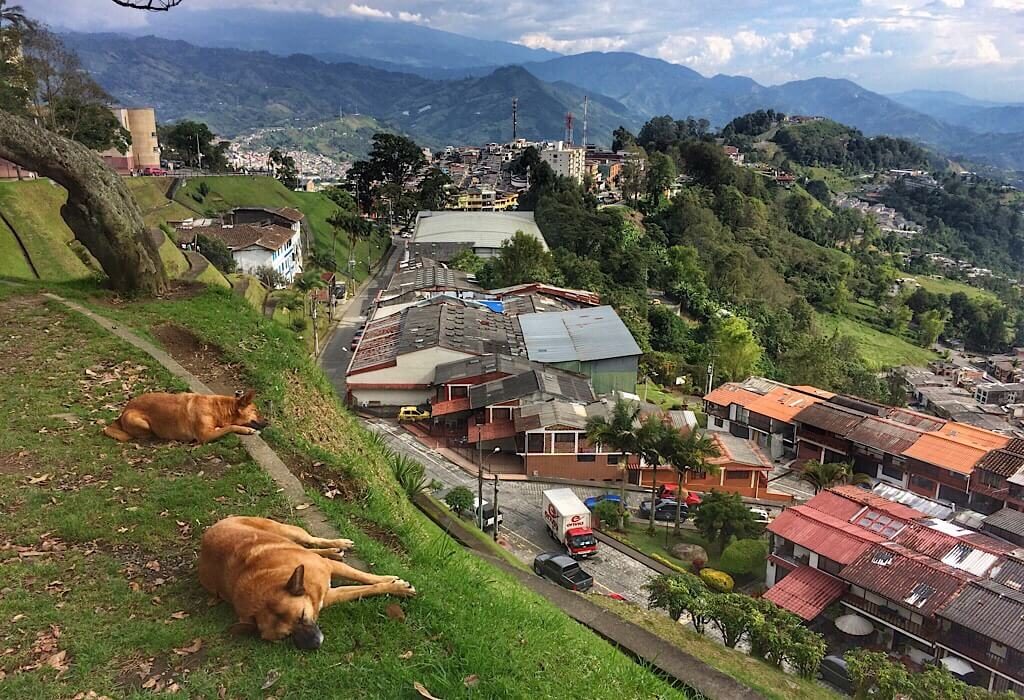
The Protectors
Dogs are still protectors of homes. A few such dogs wormed their way into our hearts with their protectiveness of us, many of them were in Brazil.

Upon first entering Brazil we accidentally ended up in a favela. A favela is one of the areas we were warned to stay away from. Well, sometimes accidents happen and we ended up staying in a favela, but it was there where we met Argus, one of the biggest pit bulls I’ve ever seen. He was also such a sweet dog. Argus sat outside our door as if to protect us. He was not allowed inside, but I kept the door open and sat just inside with my laptop so he could just reach in and put his head on my feet.

Another dog named Whiskey in a tiny town only accessible by four-wheel-drive jeeps guarded our door each night.

Haunted Looks
The dogs in Bolivia seemed haunted. They looked at humans with distrust, but with a distant hope, hope for a scrap of food. I think that my outlook on the life of dogs in Bolivia is still haunted by a dog in La Paz. I still think about that dog sitting there as if in mid thought, but suffering from a gaping wound at the back of his head. I’m not sure the picture of him will ever leave my mind.

Dogs with Sweaters
In the town of Salta in northern Argentina, the dogs there were happy and free. They even had a sweater drive for the street dogs. It was a high elevation town and often cold. The people took it upon themselves to make sure the street dogs had some warmth. I loved seeing the street dogs running around with sweaters donated by the locals.

Dogs in Public
In South America dogs are just a part of society. People step around them as they sleep on the sidewalks and allow them to be. Sometimes they wander into church, sometimes they wander into a restaurant. It’s all normal and no one pays much attention.

Then there was Lola
One of the things I love best about house sitting is the dogs that we get to take care of. For just a few weeks we have a home all to ourselves, complete with dogs. In Villa de Leyva, Colombia, we had just such a house sit and I fell in love with Lola.

Lola was a house dog, a maltipoo, and each night as I climbed into bed she gazed up at me waiting for me to tell her she could jump in and sleep within the bend of my knee. I was a sucker for her adorable, little face.
It was there in Northern Colombia that a street dog adopted us on a walk. He seemed to be lost and ran to us from the woods as soon as he saw us. He walked the few miles we still had to go before reaching home. When we passed other territorial dogs he hid behind me expecting me to protect him, which of course we would. It seems that I can not say no to dogs. At the gate to our house he got all excited to see we were home. It broke my heart to tell him he could not enter. We were taking care of Lola and two other outside dogs.
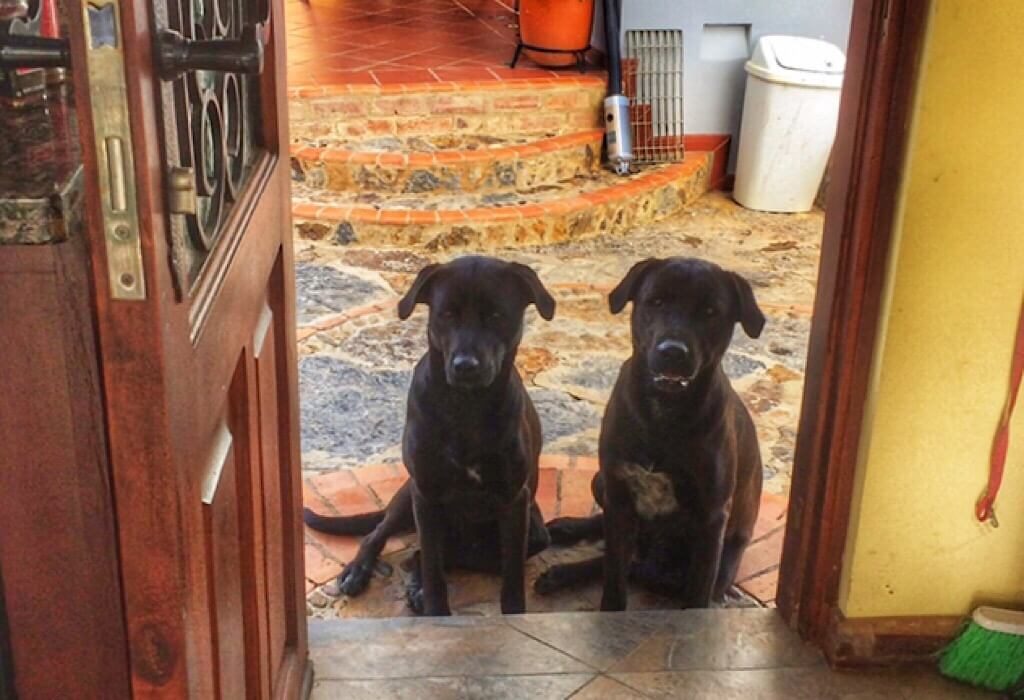
By the end of our house-sit, Lola had secured a special place in my heart and I cried when we had to say goodbye and I felt heart sick the entire bus ride back to Bogota.
Dogs, an added dimension
We had a lot of fun exploring Central and South America. We met a lot of people, experienced new things and saw spectacular sights. But dogs gave our experience an added dimension, and made our time there so much more special.
Maybe being kind to a dog is on the path to finding your blue door.


I loved this post.
Thanks!
I don’t think that I could have handled seeing some of the dogs that you described. I can’t even watch a show where a dog gets hurt (even though I know that it isn’t real). It just bothers me a whole lot. For some reason, dogs seem to have a place in a lot of people’s hearts.
I know, I hate to see a dog suffering or even sad. If I lived in some of these places I know I’d have a house full of dogs
I agree, it is telling of a society how the vulnerable are treated.
So far there does seem to be a correlation
You had us at “dog post” 🙂 One of the most interesting (and often, the hardest) things about living in Latin America is experiencing how other cultures treat their dogs and other pets, and to try not to be too judgmental even when it breaks our hearts. In Panama, dogs have been mostly for protection and not often treated as members of the family – but that is slowly changing, and rescue/spay/neuter groups are becoming more common. In Peru, we saw lots and lots of packs of free-roaming dogs everywhere (especially in Lima) but they mostly seemed to be well-fed and healthy.
In Colombia – at least, in the heart of the city, where we live – dogs are pampered and cherished family members, and you can’t walk two blocks without running into a pet store or vet office. We haven’t done a lot of exploring in the hinterland towns yet, but I can see from your pictures that things might be different (love the photo of the beagle and portrait zocalo in Guatape, BTW!).
– Susan
Colombia seemed to treat their dogs well everywhere we went. It is interesting how each country is a little or a lot different where it comes to animals. It’s cool to read your insights above as well with your experience
What a beautiful but sad post Bonnie.
It does break your heart when you see the strays in the streets. We came upon a lone puppy in Greece when we camped by an isolated beach for a few days. He took it upon himself to protect our van the whole time we were there. We fed him up but it was heart wrenching when we had to leave.
Thank you for writing and sharing this moving post and the plight of the street dogs. Shelley x
Isn’t it amazing how wonderful these dogs are to protect us like that despite their plight. I did like the fact that many of the countries did seem to al least care about their plight and in some countries the strays were obviously well fed.